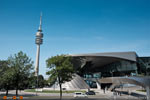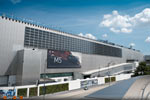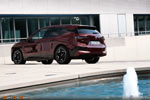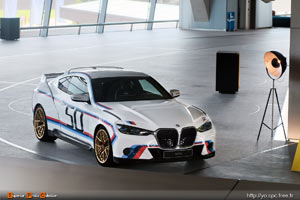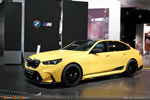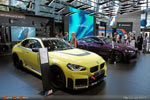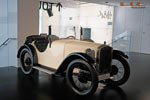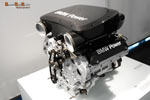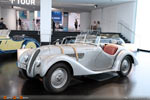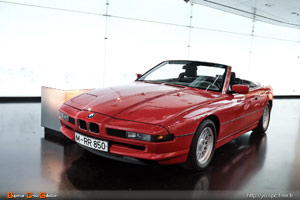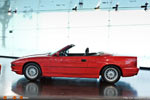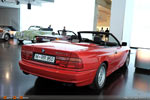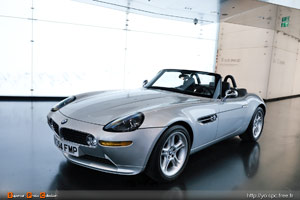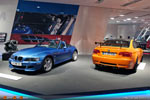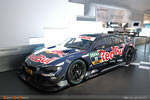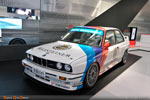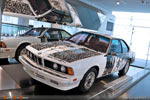![]()
 |
|
| Arriving in front of BMW's headquarters, the famous tower in the shape of an aircraft engine. The style is necessarily dated, but this signature is inseparable from the brand. The whole area exudes BMW: the factory, the BMW World and the museum. |
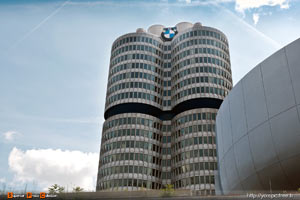 |
|
|
 |
| Let's start with BMW World, a sort of giant showroom showcasing the Group's latest products, not only BMW, but also Rolls-Royce and Mini. The new M5 is on display, along with a two-tone Spectre. One of the 50 BMW M4 3.0 CSL Hommage is on display at the side of the reception area. |
|
|
|
I change buildings to join the museum. BMW didn't start out in the car business, but in aviation, building engines. After the First World War, the company turned successfully to motorcycle production (especially with the R32), then gradually moved into the automotive sector by acquiring Dixi, which built Austin Seven cars under license. The first BMW automobile sees the light of day: the 3-15. Gradually, BMW established itself on the automotive scene, notably with the 328, which enjoyed a successful racing career. |
|
 |
|
 |
|
BMW's origins lie in engine design, whether for airplanes, motorcycles or automobiles, with several V12s for both racing and road use. The success of BMW's motorcycle division, BMW Motorrad, also ensures the group's good health. |
 |
|
 |
|
| Some emblematic BMW vehicles: the 328, an 850i convertible concept, ready for production until the company's economists decide that the return on investment won't be worthwhile (so what?), a Z1 in Magic Violet and the Z8, the neo-retro nod to the 507. |
|
|
|
503 convertible, 502 convertible, the 70's range, the BMW Isetta |
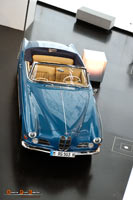 |
|
 |
|
 |
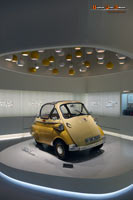 |
| 335, 315, racing motorcycles, records motorcycles, clay model for design study |
 |
 |
 |
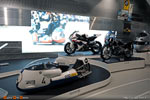 |
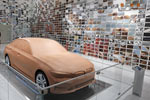 |
| The Motorsport adventure : the 6 in line of the M1, first item of the Motorsport division. M1 Procar, M1, M Roadster, M4 GTS, M5, M1 Procar |
|
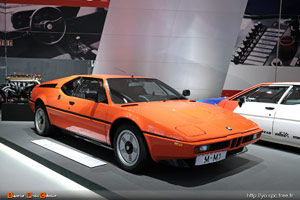 |
|
 |
| M3 (E92) GTS, M3 Sport Evo, M1, 2002 Ti, M4 DTM, 3.0 CSL, M3 Group A, Z4 DTM |
|
 |
|
 |
|
| 320 turbo Group 5, 2009 Concept 6, 3.0 CSI, 635 CSI Art Car by Rauschenberg, Hydrogen 7, 507, 328 Mille Miglia |
|
|
|
| 2009 Concept Vision Efficient Dynamics, R2, K1, M1000RR, R7 Streamliner |
 |
|
|
 |

